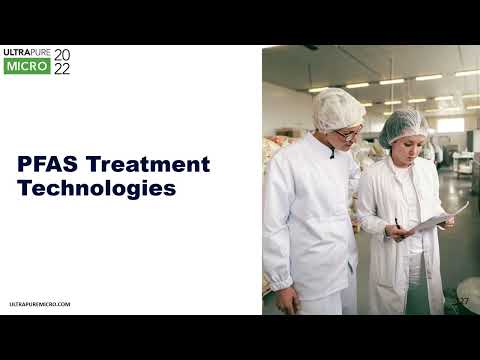The use of EDI technology to recycle HF acid wastes from scrubbers and thermal treatment units
Date Published 2016 | UPW journal archive
Log in or Join UltraFacility to access this content
To access our resources you will need to be a member of UltraFacility, log in to your account or purchase a membership to view this content.
Already have an account? Log in
Electrodeionization (EDI) is one of the unit operations used to produce high-purity water. EDI can remove ionic contaminants from selected wastewater streams, so water can be recycled for reuse. This technology combined ion exchange (IX) and electrodialysis in a single cell.
Organizations: Edwards Vacuum
Authors: Chris Jones, Adrienne Pierce, Benjamin Roberts, Tags: Ion ExchangeElectrodeionization (EDI)Wastewater
Related content

Conference material | 2022
PFAS Treatment Management and Design Best Practices
Learning series | 2017
Ion Exchange Resins - How They Work, Why They Work and How They Don't Work
Conference material | 2018
U-PURTM – A Metal-Free Combination of Several UPW Polishing Steps in a Multifunctional Reactor for the Removal of TOC and H2O2 Traces
UPW journal archive | 2010
Use of Unique Fractional Electrodeionization in Power Plant Applications
Back to results